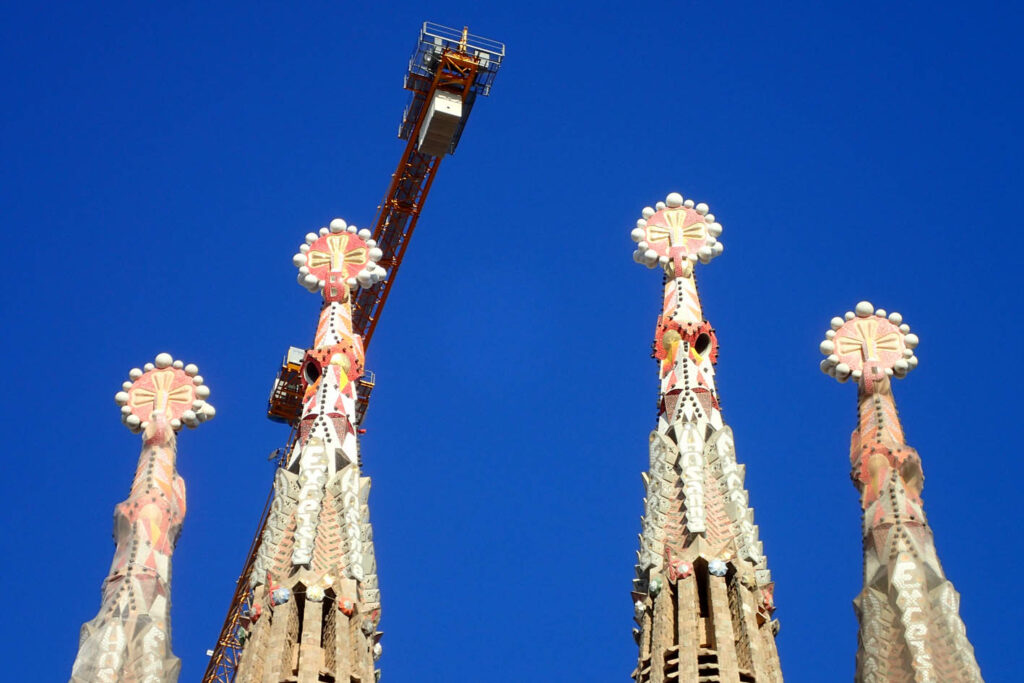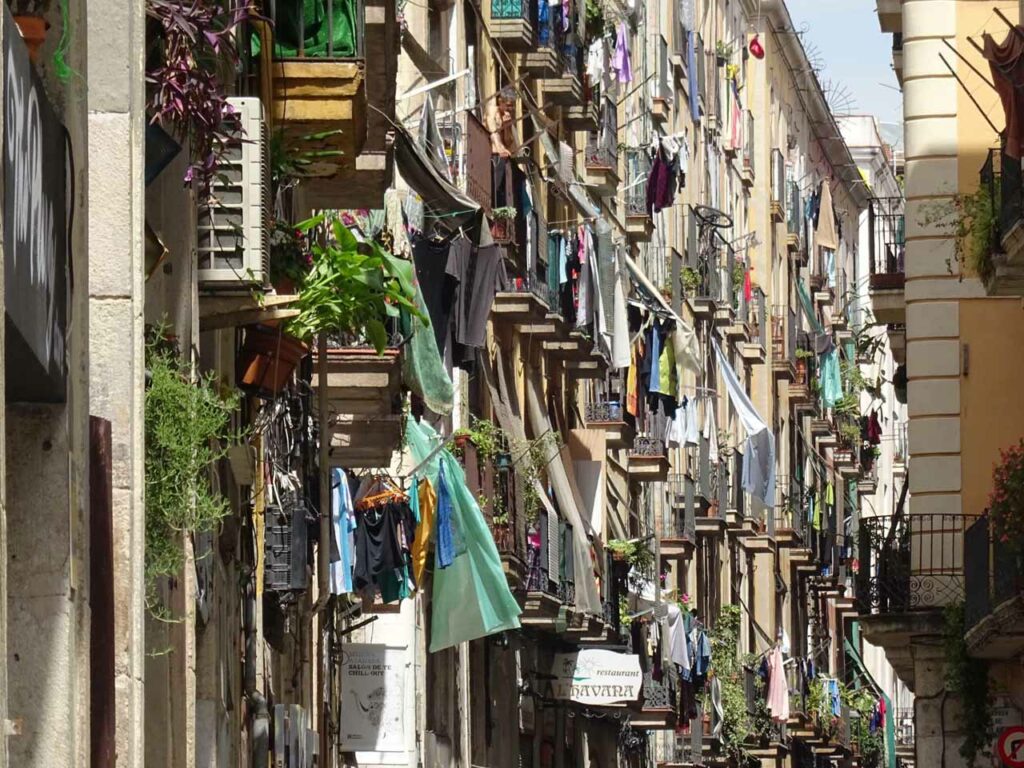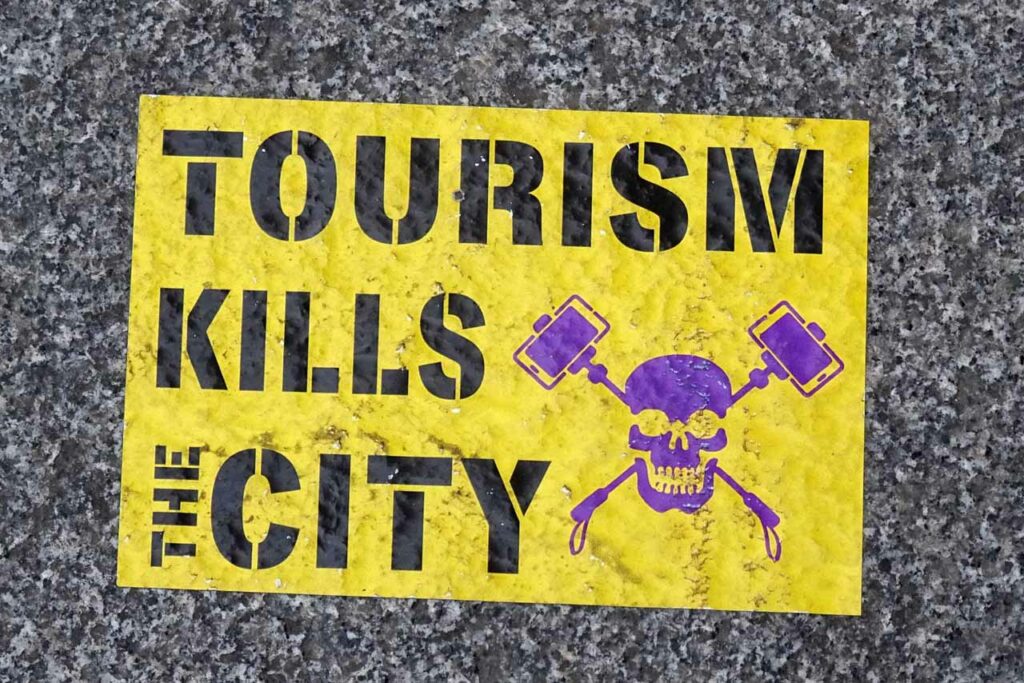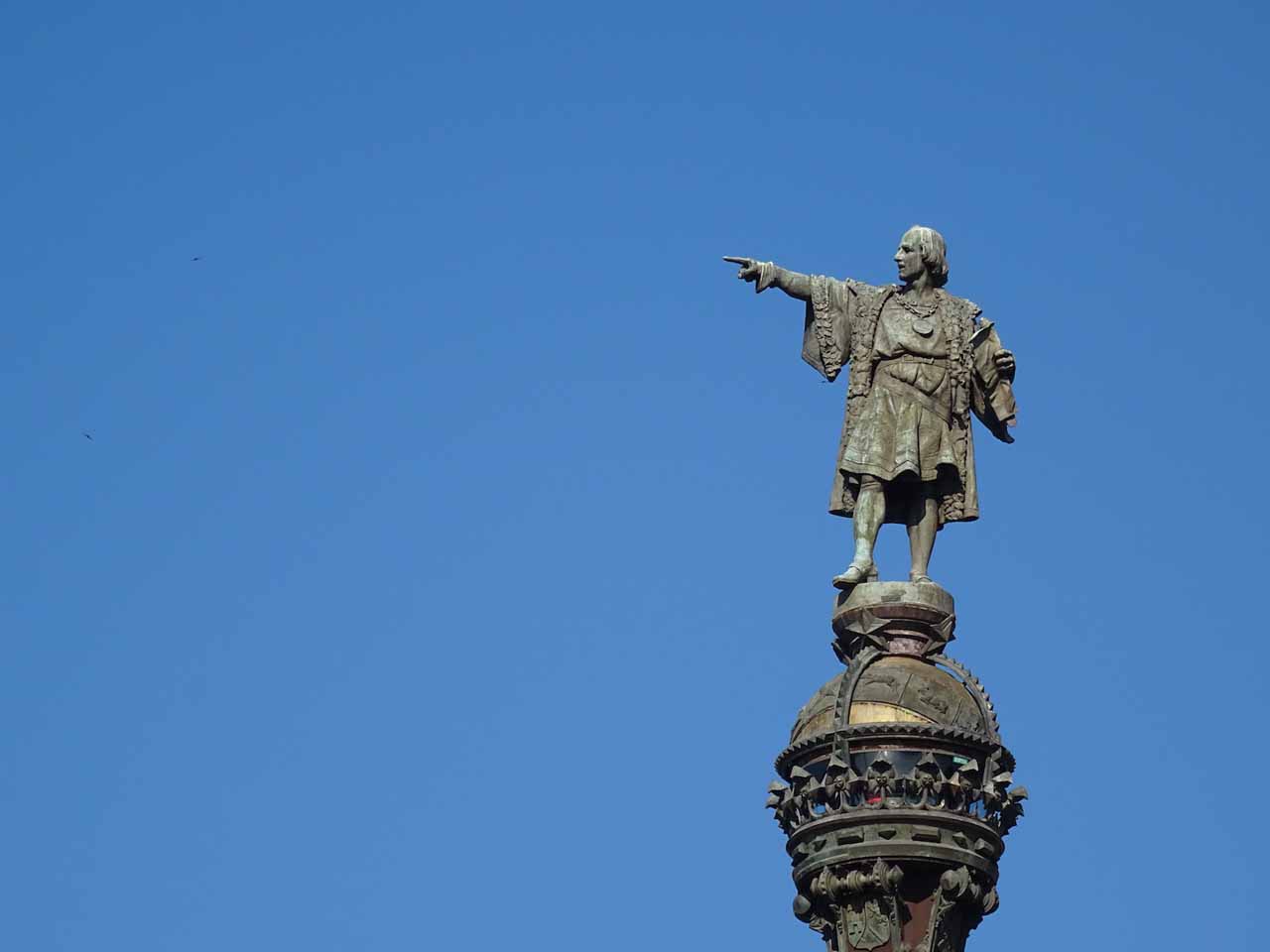A few thoughts on what’s going on in Barcelona.
What’s on in Barcelona
There are a few annual events I always try to get to in Barcelona.
Tast a la Rambla is an annual food festival that is now held in Plaça de Catalunya every May. It’s a great way to get a taste of what a bunch of different restaurants are doing. You may discover something that is right up your alley.
Born Street Food is a similar affair with a focus on restaurants in El Born, held in Pla de Palau in late May.
And the World Press Photo exhibition is an annual event at the CCCB that is always worth a visit if you’re in town in November/December.
For a relatively small city there’s an amazing number of events, exhibitions, concerts, and other things to do. It’s almost impossible to keep on top of it all.
Check the Ajuntament de Barcelona (local government) site for a pretty good guide of what’s on in Barcelona. Likewise Barcelona Metropolitan has a list of what’s going on. And Catalan News is another excellent source.
Op-eds
Guess what? I have an opinion about a few things. Read on…
The top 5 Barcelona attractions, and 5 alternatives to avoid the crowds

The top 5 attractions in Barcelona are popular for a reason – there’s really nothing else like them. Or is there?
For visitors wanting a unique and memorable Barcelona experience read on. These are its top five attractions, and alternatives for those who want to avoid the crowds.
Airbnb vs. the People

Airbnb – and other short-term rental platforms – have long been criticized. They are blamed for pricing local renters out of city-centres in popular tourist destinations. Barcelona is working hard to fix the issues it and similar platforms create.
Is Barcelona Ruined by Tourism?

It is often argued that Barcelona has been ruined by tourism. Read on to find out why I’m not so sure…
Where to stay in Barcelona
Heading to Barcelona? Check out our hotel recommendations here.
What to see and do in Barcelona
Check out our recommendations for dining in Barcelona and what to see and do in Barcelona.
